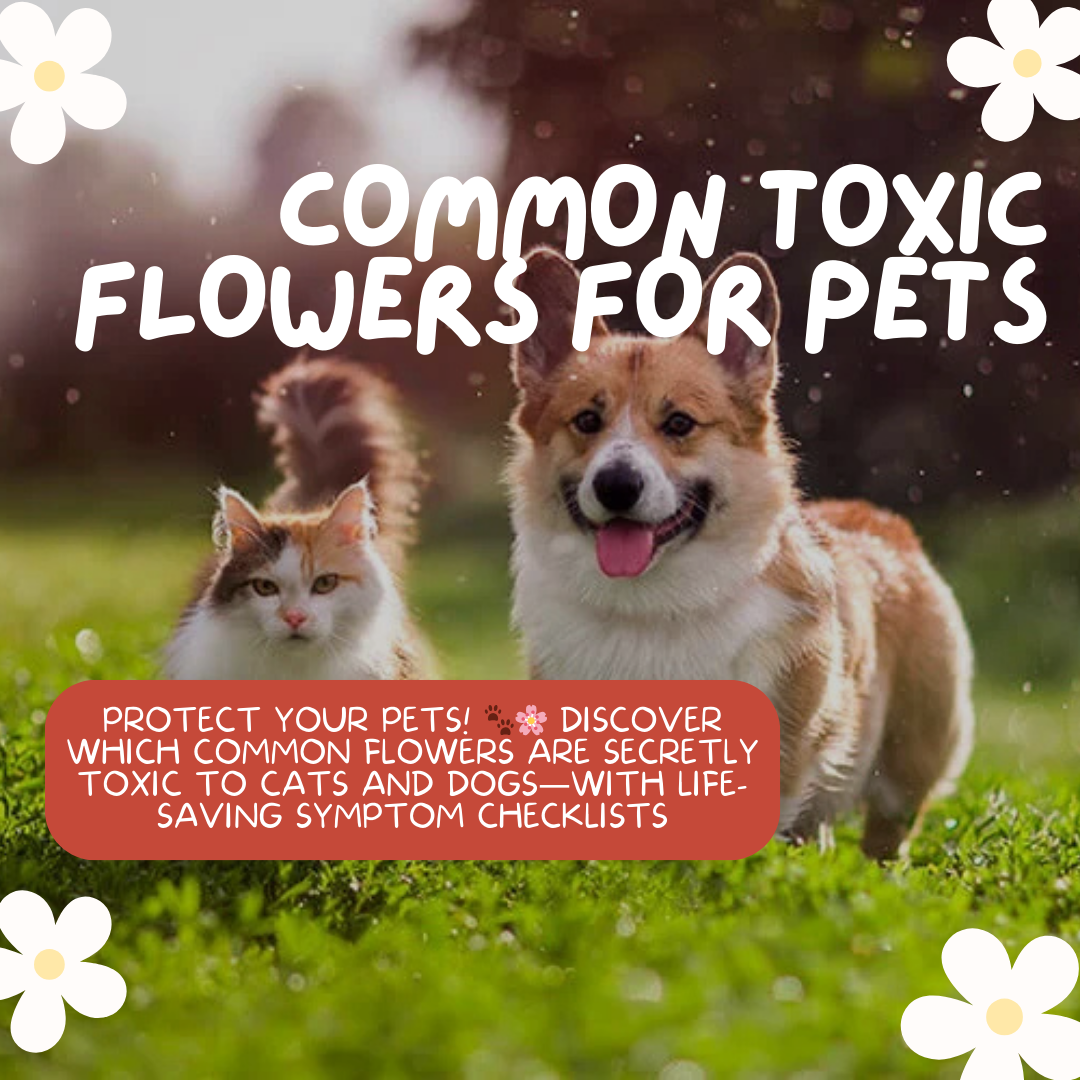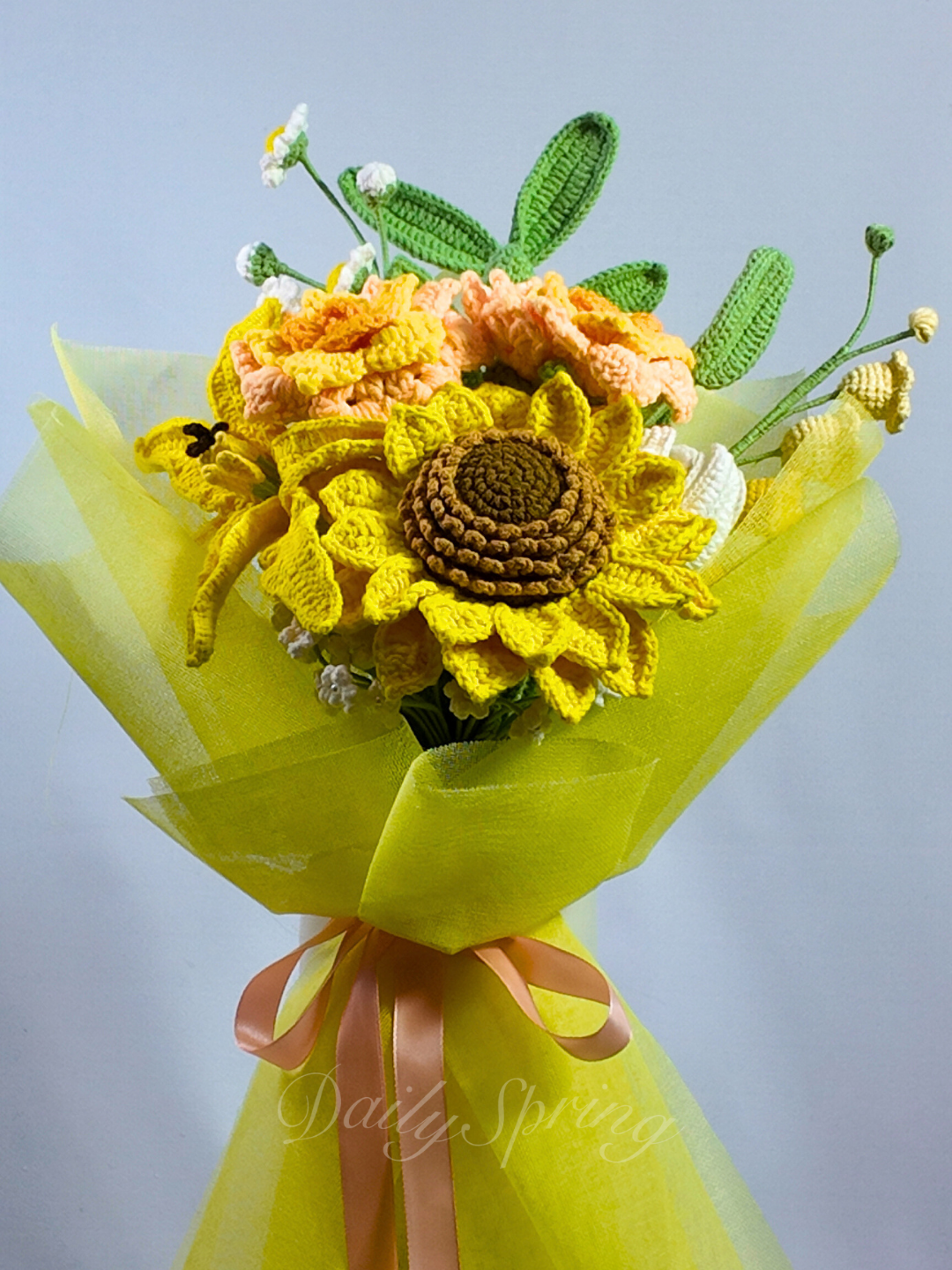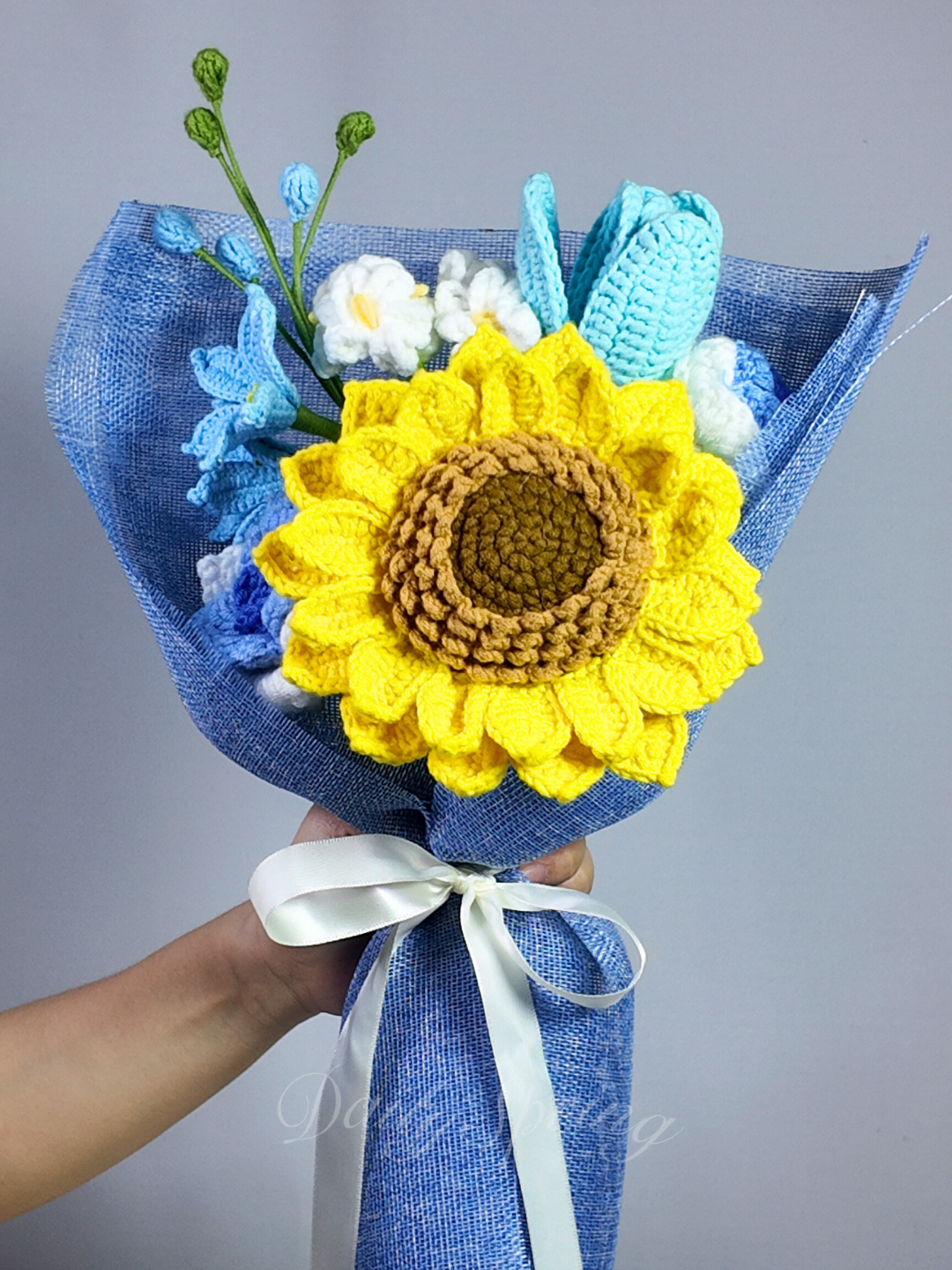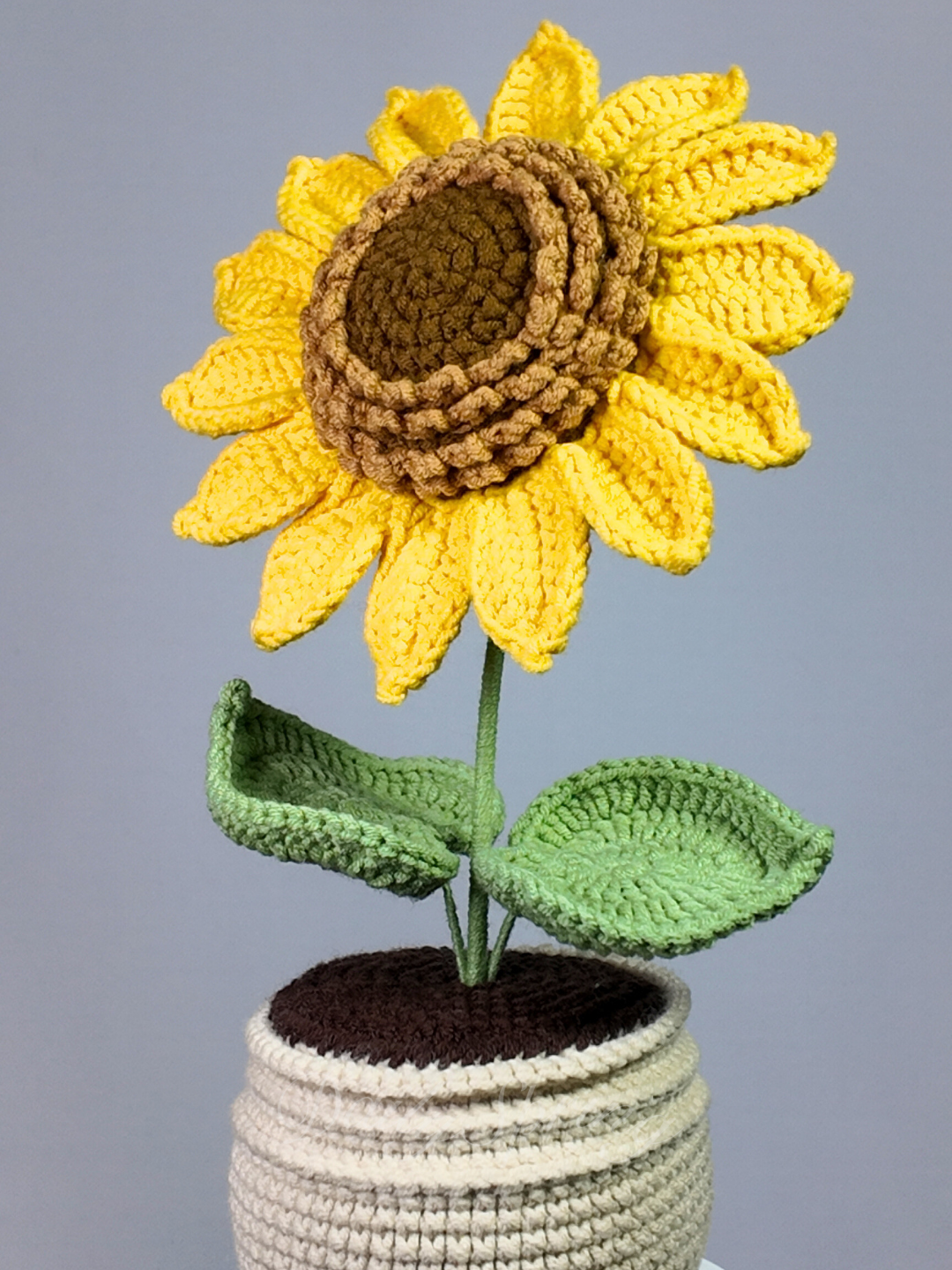
Pet-Safe Floral Decor: A Guide for Cat and Dog Owners
Understanding the Hidden Dangers in Your Bouquet
As pet owners, we often bring flowers into our homes without realizing they can be deadly to our furry companions. This guide explains exactly how these common flowers poison pets, their specific toxic compounds, and the danger signs to watch for. We'll also explore safe alternatives so you can enjoy floral beauty without worry.
🌼 The Most Dangerous Flowers for Pets: Toxins Explained

1. Lily
- Why is it dangerous: All lilies contain nephrotoxin and alkoloids that induce kidney failure. Ingesting 2-3 pollen grains can destroy kidney tubules and drinking water containing lily stems are equally deadly.
- No species are safe for both cats and dogs
-
Symptoms for cats
- First 6 hours: Vomiting, diarrhoea, lethargic
- Next 24 hours: Drink lots of water, stop peeing (kidney failing)
- Without treatment: Dies in 3 days
- First 6 hours: Vomiting, diarrhoea, lethargic
- Symptoms for dogs: Upset stomach, vomiting, diarrhoea, kidney failure
2. Lily of the Valley (Convallaria majalis)
- Why is it dangerous: It contains Convallatoxin (attacks the heart), and just even a small nibble of 1-2 leaves can be fatal.
-
Symptoms (in just 30 mins-2 hrs): Drooling, sudden vomiting, irregular heartbeat, seizures or collapse
3. Azaleas & Rhododendrons
- Why is it dangerous: They contains Grayanotoxins that binds to sodium channels in nerve and muscle cells. They cause 'mad honey' effect even from pollen
-
Symptoms: Hyper-salivation, leg paralysis, coma in severe cases (just 0.2% of body weight in leaves can be fatal!)
4. Oleander (Nerium oleander)
- Why is it dangerous: They contains Oleandrin that cause cardiac glycoside! All parts are poisonous even when dried, and shockingly even the water from vase with oleander becomes toxic!
- Symptoms: Bloody diarrhoea, tremors, sudden death from heart failure
5. Daffodils (Narcissus)
- Why is it dangerous: They contains Lycorine that are concentrated in their bulbs. This flowers are common in the garden and higher risk for dogs digging up planted bulbs.
-
Symptoms
- First 30 min: Violent vomiting,
- 2-4 hours later: Dangerous blood pressure drops, convulsions (from alkaloids)
6. Tulips & Hyacinths
- Why is it dangerous: They contains Tulipalin A/B mostly in their bulbs. These flowers can irritates mucous membrane which can escalate to worse symptoms.
- Symptoms: Oral pain (pawing at mouth), difficulty breathing, swollen airways, liver damage in chronic exposure
⚠️ Secondary Risks Many Owners Miss
Even "milder" toxic flowers pose hidden dangers:
- Chrysanthemums: Contain pyrethrins that cause neurological tremors
- Baby's Breath: Often sprayed with fungicides toxic to kidneys
- Hydrangeas: Cyanide release in stomach leads to oxygen deprivation
🌿 Creating a Pet-Safe Floral Home
Live Plant Alternatives
| Safe Option | Benefit |
|---|---|
| Orchids (Phalaenopsis) | No toxic pollen or sap |
| Spider Plants | Cats can safely nibble leaves |
| African Violets | Colorful and non-toxic |
Why Crochet Flowers Are the Safest Choice
For cats:
- Eliminate lily pollen risk (the #1 cause of feline kidney failure)
- No broken stems that can puncture intestines if chewed
For dogs:
- Our chew-resistant designs feature:
- Triple-stitched seams
- Vegetable-tanned cotton cords
- No loose embellishments
🐾 Emergency Action Plan
If exposure occurs:
- Identify the plant (take photos of leaves/flowers)
- Call vet immediately
- Save samples of vomit/plant material for testing
💐 Beautiful Without the Risk
Our pet-safe crochet collections are:
☑️ Made with organic, food-grade dyes
☑️ Designed to look lifelike without the danger
Explore Daily Spring SG for pet-safe flowers.
Remember: When it comes to pets and plants, it's always better to crochet safe than sorry!



